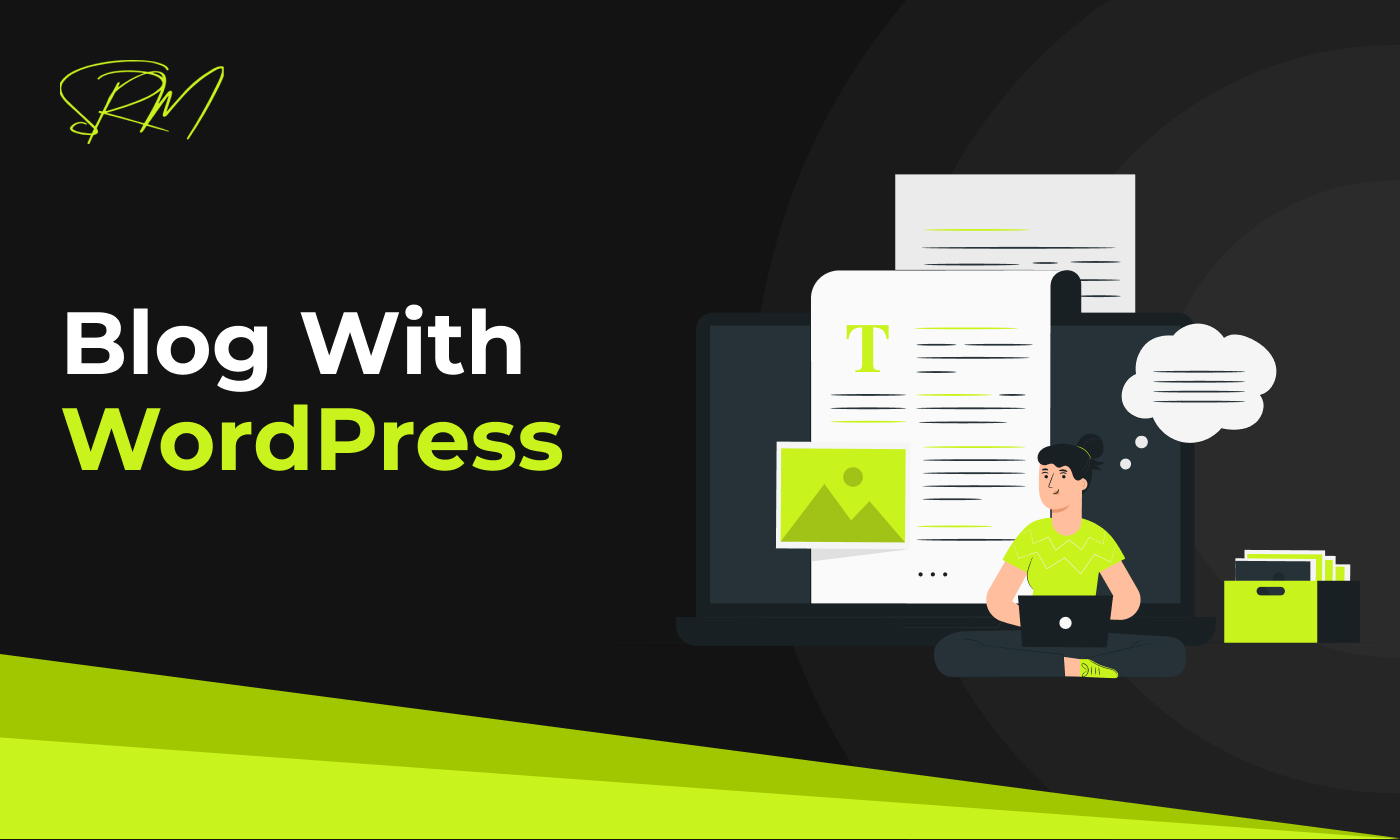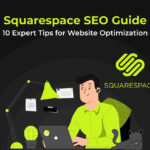
WordPress is a popular platform for bloggers because it combines simplicity with powerful features. It is user-friendly, making it perfect for beginners, while also offering advanced tools for experts. Why WordPress is the best platform for blogs lies in its flexibility, allowing users to customize their websites with thousands of themes and plugins. Additionally, WordPress supports SEO-friendly structures, making it easier to grow your audience. The benefits of using WordPress for beginners and experts include ease of use, a supportive community, and scalable options for any blogging goal. Whether you’re starting out or a seasoned blogger, you can confidently Blog With WordPress for the best results.
Setting Up Your WordPress Account
Getting started with WordPress is straightforward. Begin by choosing a hosting provider that fits your needs. Popular options include Bluehost, SiteGround, and HostGator, known for their reliable performance and WordPress compatibility. Once you’ve selected a host, the next step is installing WordPress on your hosting. Most providers offer a one-click installation process, making it easy even for beginners. After installation, you’ll have access to the WordPress dashboard, where you can customize your site, choose themes, and start creating content. If you want to take your site to the next level, you might consider hiring a WordPress Developer to help with advanced customization and development. This setup process ensures a smooth start to your blogging journey on WordPress.
- Pick a hosting provider suited for your blog.
- Use the one-click WordPress installation option provided by your host.
- Access the WordPress dashboard to manage and customize your site.
Selecting the Perfect Blog Theme
Choosing the right theme for your blog is an important step in creating a unique and professional look. Start by exploring the difference between free vs. premium themes. Free themes are budget-friendly and great for beginners, while premium themes offer advanced features, better support, and more customization options. To make the right choice, focus on how to choose a theme that matches your niche. Look for designs that align with your blog’s content, audience preferences, and branding goals. By selecting the ideal theme, you can create a visually appealing and functional website to confidently Blog With WordPress.
Customizing Your Blog Design
Personalizing your blog’s design is key to making it stand out and reflect your brand. Start by using the WordPress customizer, a built-in tool that allows you to preview changes in real time. You can easily adjust the layout, add widgets, and tweak settings to suit your preferences. Next, focus on adding your brand logo, colors, and fonts to create a consistent look that matches your identity. These small touches enhance your blog’s visual appeal and help build recognition among your audience.
- Use the WordPress customizer: Access it from your dashboard to make design adjustments, preview changes live, and fine-tune details like menus and sidebars.
- Add branding elements: Upload your logo, pick colors that represent your brand, and select readable, professional fonts to create a polished look.
Installing Essential Plugins
Plugins are vital for extending the functionality of your WordPress site. When you Blog With WordPress, it’s important to install essential plugins for SEO, performance, and security to enhance your site’s performance. Some top plugins for SEO include Yoast SEO, for optimizing your content, and WP Rocket for improving site speed. For security, plugins like Wordfence help protect your site from potential threats. Installing and activating plugins is simple—just go to your WordPress dashboard, click on “Plugins” > “Add New,” search for the plugin you want, and click “Install Now” followed by “Activate.”
- Top plugins for SEO, performance, and security: Yoast SEO for optimization, WP Rocket for speed, and Wordfence for protection.
- How to install and activate plugins: Go to your dashboard, search for plugins, click “Install Now,” then “Activate” to enable them.
Creating Your First Blog Post
Writing your first blog post is exciting and a great way to start sharing your ideas. Begin by writing and formatting your content in a clear, engaging way. Break up large chunks of text into smaller paragraphs, use headings for structure, and make your writing easy to read. Adding images can enhance your post and keep readers engaged—simply upload them from your media library. Organize your posts by using categories and tags. Categories group similar posts together, while tags make it easier for readers to find specific content on your blog. These organizational tools help keep your site neat and user-friendly.
Optimizing Your Blog for SEO
To make your blog more discoverable on search engines, SEO optimization is crucial. When you Blog With WordPress, start by adding meta titles and descriptions to each post or page. These are short, descriptive text snippets that appear in search results, helping users understand your content. Use SEO plugins like Yoast or Rank Math to easily optimize your blog. These plugins guide you in adding relevant keywords, improving readability, and ensuring your content is search-engine-friendly.
- Add meta titles and descriptions: These help search engines understand your content and improve visibility in search results.
- Use SEO plugins like Yoast or Rank Math: These plugins offer tools to optimize content, track SEO performance, and improve rankings.
Monetizing Your WordPress Blog
Once your blog is up and running, it’s time to explore ways to make money from it. One option is affiliate marketing, where you promote products or services and earn a commission for each sale made through your referral links. You can also monetize your blog with ads through networks like Google AdSense or display banners directly on your site. For bloggers looking to sell products or services, setting up WooCommerce is an excellent choice. WooCommerce allows you to easily create an online store and manage sales directly from your site, making it a great tool for monetizing your blog.
Final Thoughts
Starting a successful blog with WordPress involves a few key steps: selecting a reliable hosting provider, customizing your design, installing essential plugins, creating engaging content, and optimizing for SEO. With these foundations in place, you’ll be well on your way to creating a blog that resonates with your audience. Don’t wait any longer—Blog With WordPress today and begin your blogging journey. If you want to take your blog to the next level, consider consulting a WordPress SEO expert to help you enhance your rankings and drive more traffic. The possibilities are endless, and your voice is ready to be heard!





